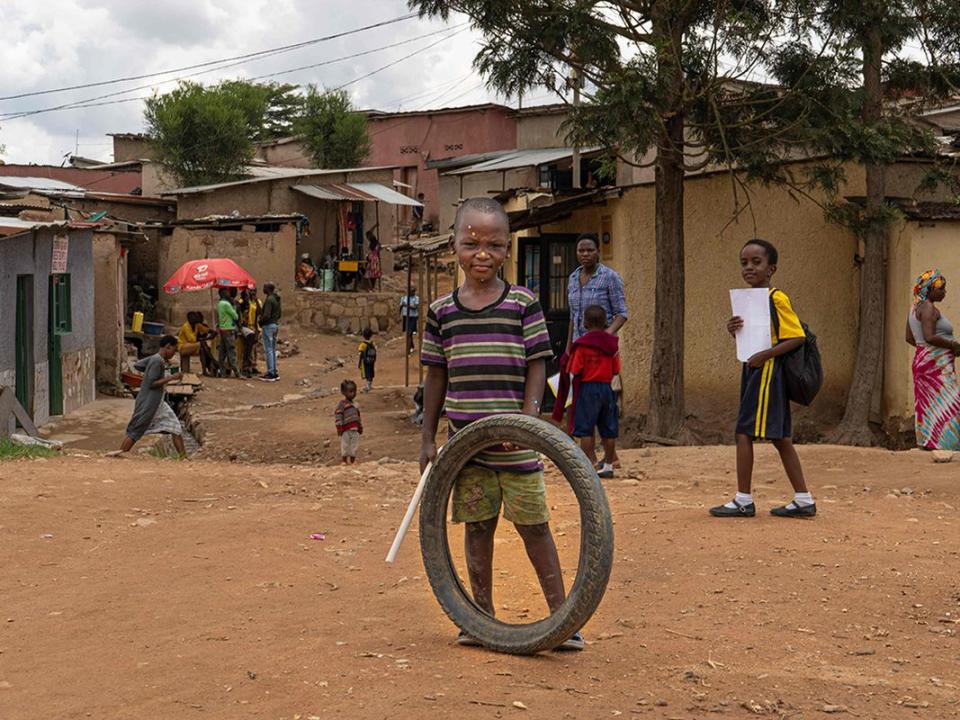Opinion: Sustainable global development should focus on bang per buck

By Kodjo E. Mensah-Abrampa, Thomas Chataghalala Munthali and Bjorn Lomborg
Every country faces a multitude of challenges and competing wishes for the future. Ideally, we would address everything all at once. But scarce resources mean that in real life we have to prioritize.
Saying that some things must come first is controversial: it also means many things won’t come first — which is why politicians shy away from explicit prioritization and would rather make it appear they really can do everything at once.
Globally, this approach has been cemented in the United Nations’ “Sustainable Development Goals” — promises signed on to by every single country to achieve almost every good thing imaginable by 2030. In 169 wordily-described targets, the world has promised to: eradicate extreme poverty and hunger; end AIDS, tuberculosis and malaria; stop wars, climate change and corruption; improve education and health care; preserve biodiversity, reduce inequality, provide jobs for everyone — and even promote sustainable tourism and urban parks for the disabled.
Because of this failure to prioritize, development organizations, donors and governments have been spreading themselves and their resources too thin. As a result, the world is falling short on every one of the promises.
Fortunately, more and more governments and organizations around the world are focusing on the promises that are actually achievable.
The three of us have worked together with the Copenhagen Consensus think tank and many of the world’s leading economists to ask which policies among all that have been proposed could achieve the most good. Our peer-reviewed findings are available for free, and they can also be read in the book “Best Things First.” They offer politicians around the world a roadmap to the 12 smartest initiatives.
One of the most effective is to improve primary school learning by having students use tablets loaded with educational software for one hour each day. The tablet can teach at exactly the level of each student, which leads to faster learning.
Working with Malawi’s National Planning Commission, economists showed that every $1 spent teaching students this way could deliver an amazing $106 in higher long-term productivity, a result that helped persuade Malawi’s government to focus resources on this approach. Almost half a million children have already been exposed to educational tablets, and the goal is to extend adaptive learning on tablets to all 3.5 million children in the first four grades in this decade.
Tablets are not the only way, however. India has embraced a cheaper, lower-tech solution in which schools shuffle students’ classes for one hour each day so that all students go to the class that is at their actual learning level. This can certainly lead to awkward social interactions among children of different ages but because it needs no new technology it is also much cheaper. One year of this approach, research shows, has the learning equivalent of two years of normal schooling. Colombia is also piloting this approach so as to improve literacy in low-income communities and rural schools.
Getting government online is another way to raise efficiency dramatically. Research involving the National Development Planning Commission in Ghana shows the power of digitization in streamlining bureaucracy and reducing both uncertainty and waiting times for citizens. Ghana’s local governments, which are responsible for infrastructure and service delivery, still depend on central government transfers to fund their development, generating only about 20 per cent of their total budget with their own resources. Streamlined, digitized revenue collection has the potential to improve their autonomy. Digitizing property and business fees can make tax collection much more efficient, which can help municipalities provide the best possible services to citizens. Given the time and money saved, each dollar spent yields a return nearly nine times higher.
Other countries are also prioritizing digitization, including through e-procurement — putting all their purchasing online. Governments are often the largest buyer in a country and procurement is often very corrupt, so transactions that are more transparent can deliver less corruption and more value for taxpayer’s money. Brazil has shifted to an e-procurement system that has been recognized for reducing losses to bribery, while Indonesia’s reform has led to a “significant decrease” in corruption. E-procurement was recently implemented in Ghana and is underway in Malawi.
Across the world, there is huge potential for more countries to identify and prioritize policies that would deliver the most impact per dollar spent. Instead of pretending to achieve everything for everyone by promising all good things, we need to shift to a sharper, smarter focus and start with the policies that offer the most bang for the buck.
Kodjo E. Mensah-Abrampa is director-general of Ghana’s National Development Planning Commission. Thomas Chataghalala Munthali is director-general of Malawi’s National Planning Commission. Bjorn Lomborg is president of the Copenhagen Consensus and author of Best Things First, one of the Economist’s best books of 2023.
Bookmark our website and support our journalism: Don’t miss the business news you need to know — add financialpost.com to your bookmarks and sign up for our newsletters here.
